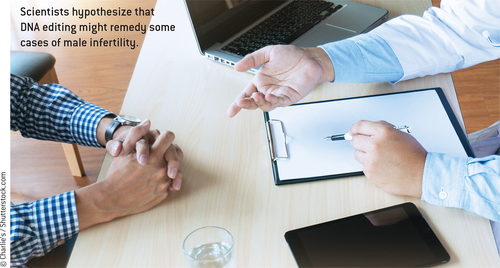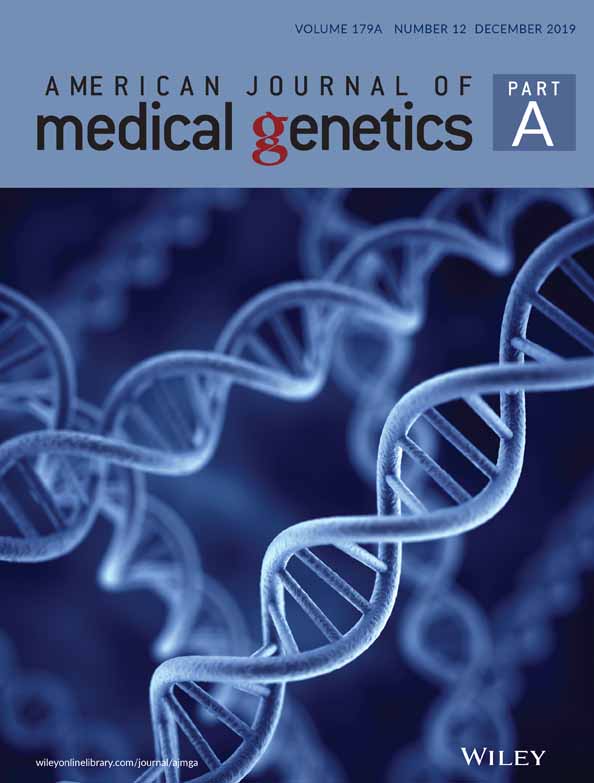New Gene Editing Research Hopes to Eliminate Genetically Related Male Infertility
Now, scientists at Weill Cornell Medicine in New York are using CRISPR in an attempt to edit DNA within human sperm. Gianpiero Palermo, MD, PhD, a reproductive medicine specialist at the Ronald O. Perelman and Claudia Cohen Center for Reproductive Medicine at Weill Cornell Medicine, is leading the research, in which researchers are currently targeting the BRCA2 gene. Mutations in BRCA2 can increase the risk of developing breast, ovarian, prostate, and other cancers. However, the ultimate goal of this research is to ultimately prevent genetically related sterility in men. “We want to prevent the transmission of these genetic defects to male offspring,” explains Dr. Palermo.
Finding a way to insert the CRISPR tool into the sperm's DNA proved challenging. “The sperm is difficult to work with because it is very compact and difficult to penetrate,” Dr. Palermo says. “We did a preliminary experiment to try to penetrate the membrane of the sperm, and to be able to do so without the sperm losing its motility.” Dr. Palermo and his team tried to work around this challenge and looked at alternative approaches. One technique involved a process known as electroporation, which delivers an electrical shock to cells. The hypothesis is that the shock may “loosen” up the sperm to allow the CRISPR gene-editing tool inside. Using this modified strategy, the researchers were able to gene edit the BRCA2 gene in 10–15% of the sperm. Dr. Palermo emphasizes, however, that this was done in mouse sperm. They are now working with human sperm and have not yet been successful.
Editing the genes responsible for genetically related male infertility would be beneficial, but it brings up the same concerns that were voiced when the news of gene-edited embryos hit the airwaves. Gene editing in embryos and germline cells creates changes that can be passed on to offspring and, although the edits appear to be positive— eliminating a gene that causes male infertility, for example—the long-term implications are unknown. Additional fears concern the idea that germline cell and embryo genome editing will not be limited to preventing diseases and debilitating syndromes, but will also be used to enhance normal human traits and to create so-called “designer babies.” This concern may not be that farfetched as some research suggests that the genetically editing on the Chinese twins may have enhanced their cognition and memory (Regalado 2019). The deletion of the CCR5 gene, which is required by HIV to enter human blood cells, appears to make mice smarter and also improves human brain recovery after a stroke. While there is no evidence that Dr. He's goal was to modify intelligence, it is speculated that he was aware of the link between CCR5 and cognition.
Françoise Baylis, PhD, University esearch Professor and bioethicist at Dalhousie University in Halifax, Nova Scotia, Canada, says that the changes are going to be the same whether it is an embryo or sperm that are being manipulated. “This is very different from making changes in a person who is suffering from an illness— this is about future generations,” Dr. Baylis says, and urges greater consideration of benefi ts versus harms. “People are very focused only on the benefi ts, as if they are guaranteed,” she cautions. “It's as if hey are magic—‘we are going to cure this or that’—but the very real possibility is that you make things worse. The neutral possibility is that you've done nothing, but we need to be thinking about the potential for these children that are going to be born. We just can't assume that it's going to work, and everything will be great.”
This appears to lead to the question of just how much potential harm is acceptable. Dr. Baylis speculates: “If only 10% of the children will be harmed, is that good enough?”





